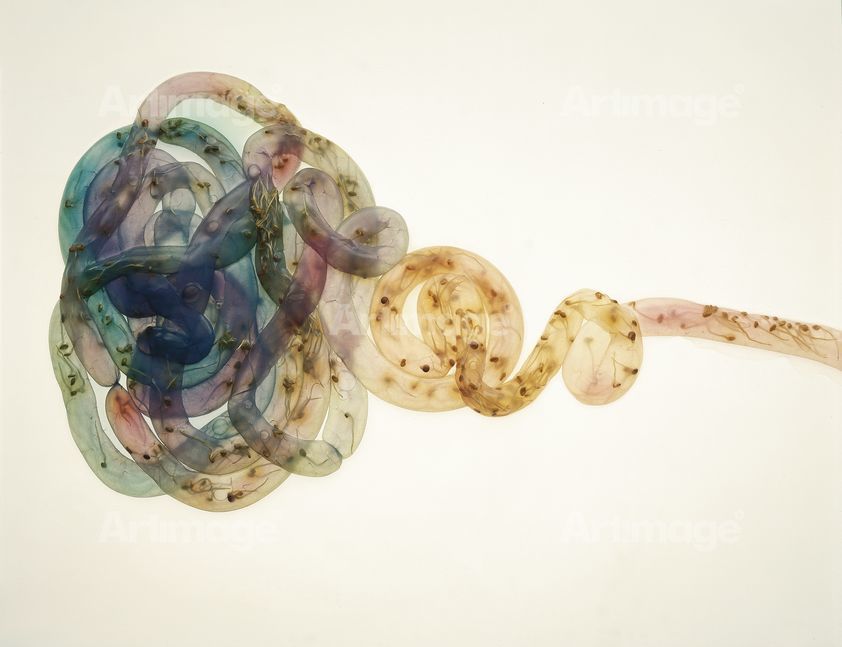CURATOR Jenny Harper ORGANISER New Zealand Museums Company with Auckland Art Gallery OTHER VENUES Auckland Art Gallery, 28 November 1997–22 February 1998; Whangarei Art Museum, 9 March–19 April 1998; Manawatu Art Gallery, Palmerston North, 5 June–2 August 1998; Waikato Museum of Art and History, Hamilton, 4 September–18 October 1998; Govett-Brewster Art Gallery, New Plymouth, 19 June–1 August 1999; Dunedin Public Art Gallery, 14 August–31 October 1999; Suter Art Gallery, Nelson, November–December 1999; Robert McDougall Art Gallery, Christchurch, 10 March–14 May 2000; Southland Museum and Art Gallery, 21 July–19 August 2001 PUBLICATION essays Jenny Harper, Ian Christie, Lynne Cooke, interview Ron Brownson SPONSORS Creative New Zealand, Chartwell Trust, British Council
Boyd Webb has enjoyed an international career and reputation, yet is relatively unknown in his country of birth—New Zealand. In 1998 and 1999, the survey show Boyd Webb tours galleries New Zealand, then travels on to galleries in Australia, Asia, and Europe. It aims to bring Webb to the attention of New Zealand audiences for the first time since 1981. Spanning twenty-five years, it contains over fifty photos made since 1980, and a small selection of early works. By the time it reaches City Gallery, over 35,000 people have already seen it in Auckland, Whangarei, Palmerston North, and Hamilton.
Webb completes his Bachelor of Fine Arts at Ilam School of Art in Christchurch. He leaves for London in 1972, to study at the Royal College of Art from 1972 to 1975. He becomes a key British artist—he's shortlisted for the Turner Prize in 1988. In the 1980s, he is known for his photos of bizarre theatrical scenarios created in the studio. These often have a literal quality, with Webb going out of his way to betray how they are constructed. Webb's works are categorised as both photography and sculpture. They recall advertising images.
Curator Jenny Harper says Webb’s photographs are like looking through a microscope and a telescope simultaneously. He conflates the macro and the micro. Tosser (1985) finds a near-naked man in outer space hurling globes, while Zygote (1993) refers to the sexual-reproduction process on a cellular scale.
In the Listener, Justin Paton writes that Webb couldn’t be further from the photographic cliché: ‘what emerges is that rare thing in the galleries these days: an intelligent spectacle’. In Sunday Star-Times, Keith Stewart says not to look for New Zealand references in Webb’s photographs, but the show includes an early exception—Wakatipu (1973). In this photo, Webb's own knees in the bath mimic the lake and its surrounding hills.
Films by Webb are also included: Scenes and Songs from Boyd Webb (1984) and Love Story (1996). Love Story tells the tale of two discarded popcorn kernels from different cinemas that meet through the transportation of a cinema-goer's shoe.




























































